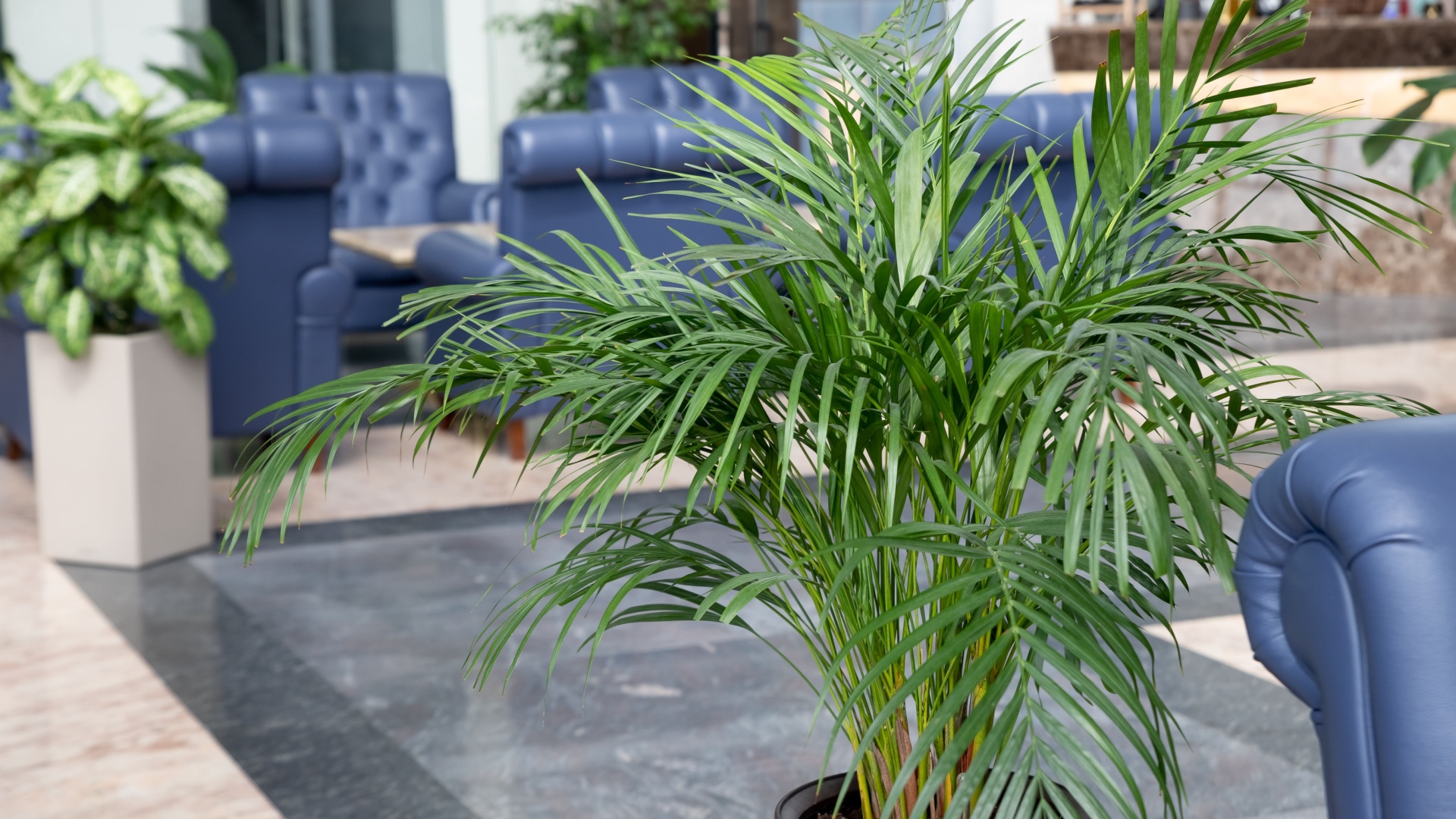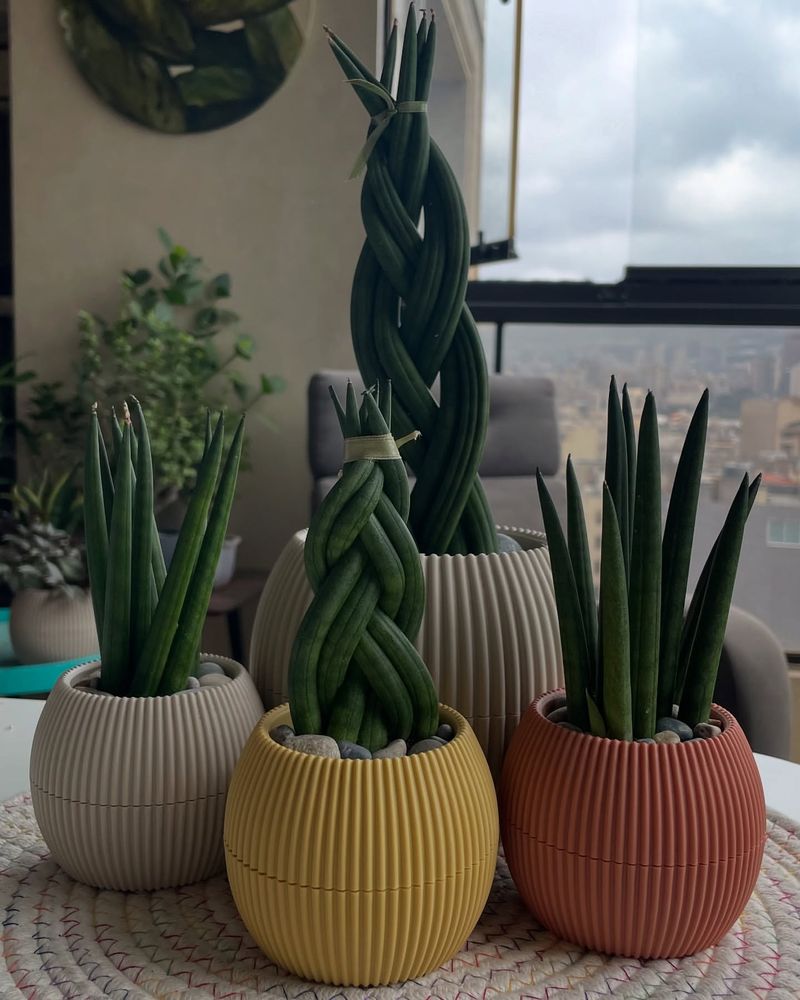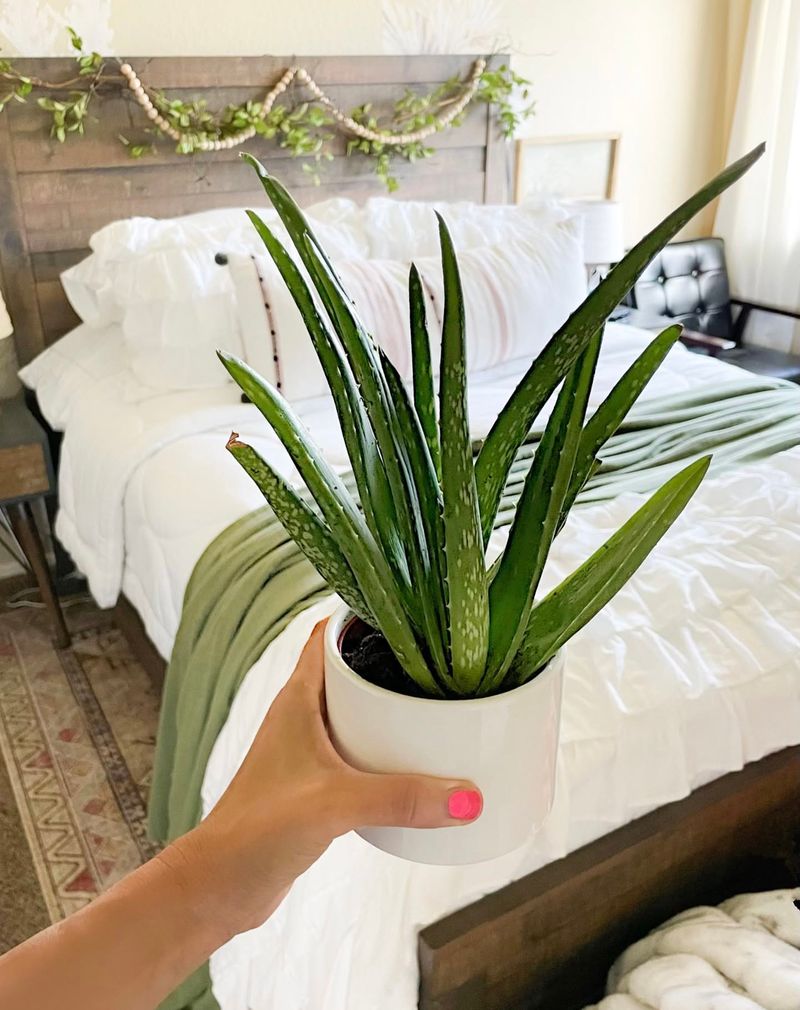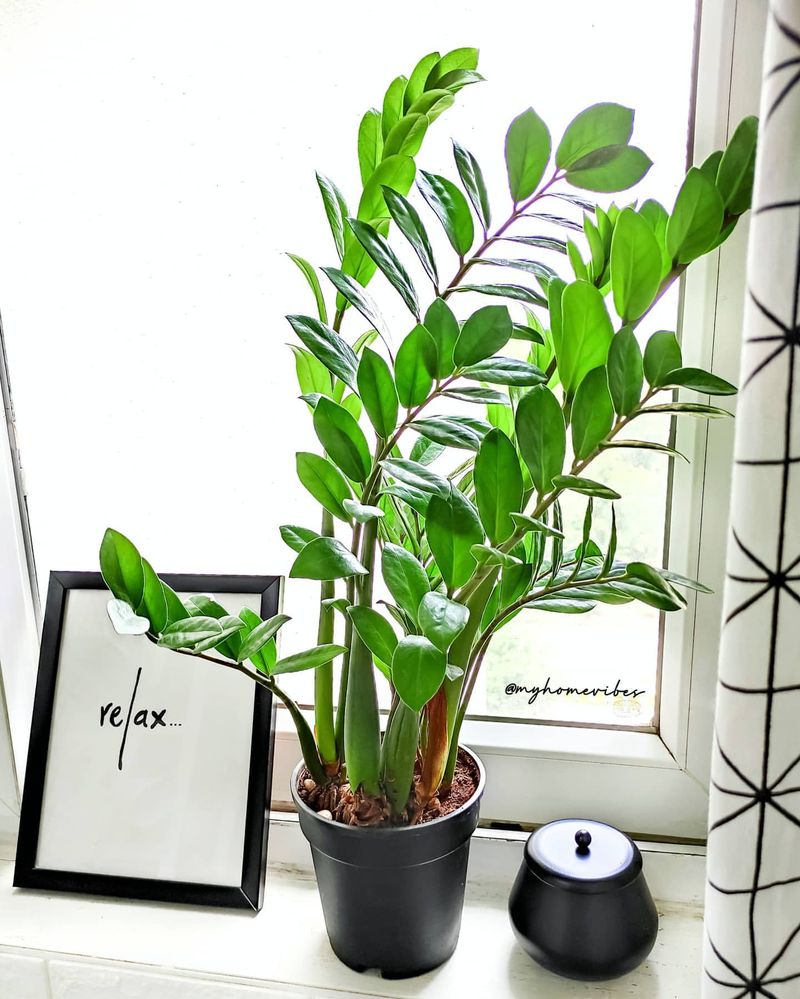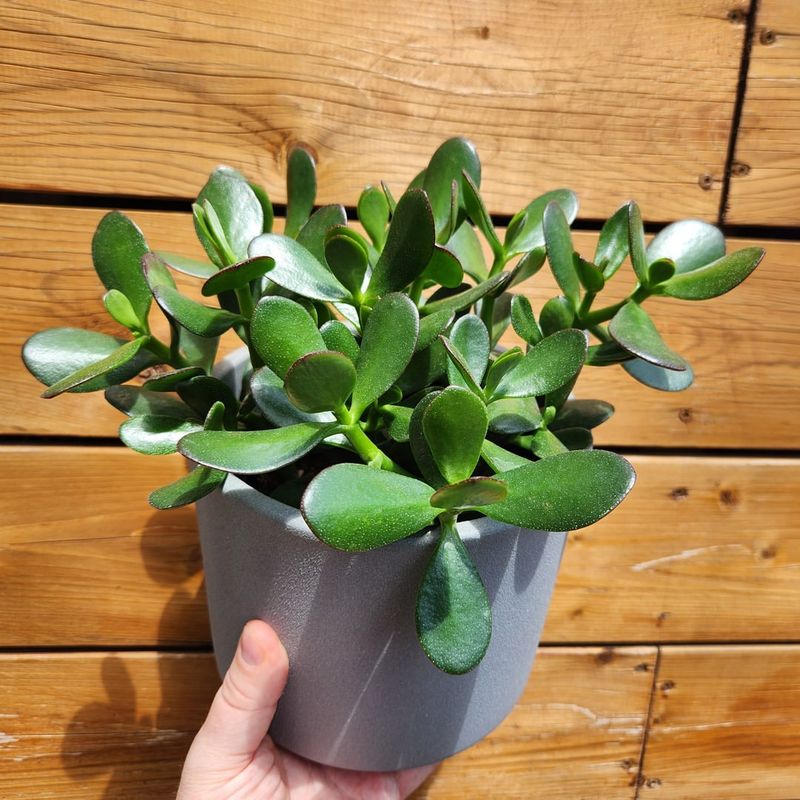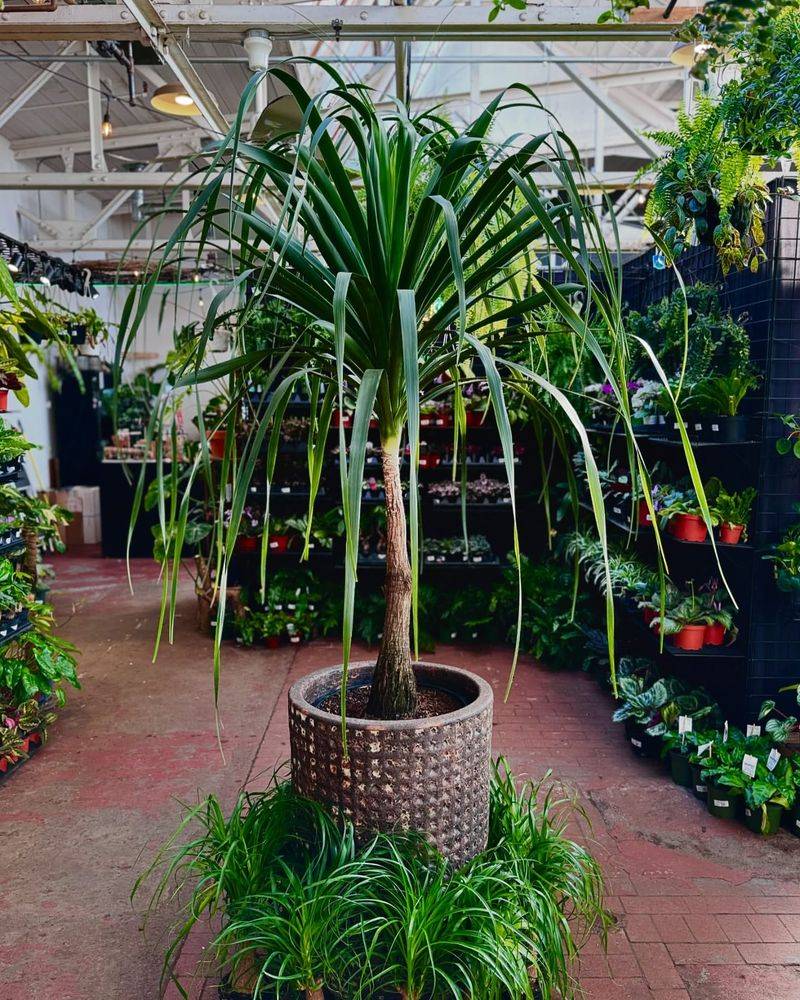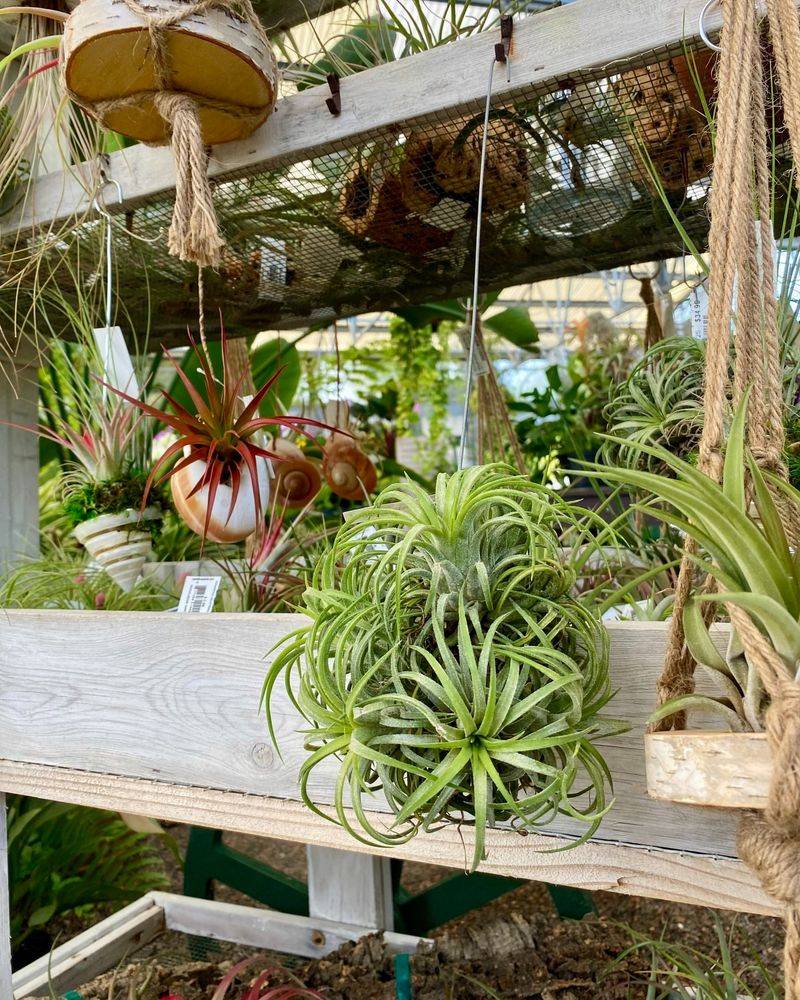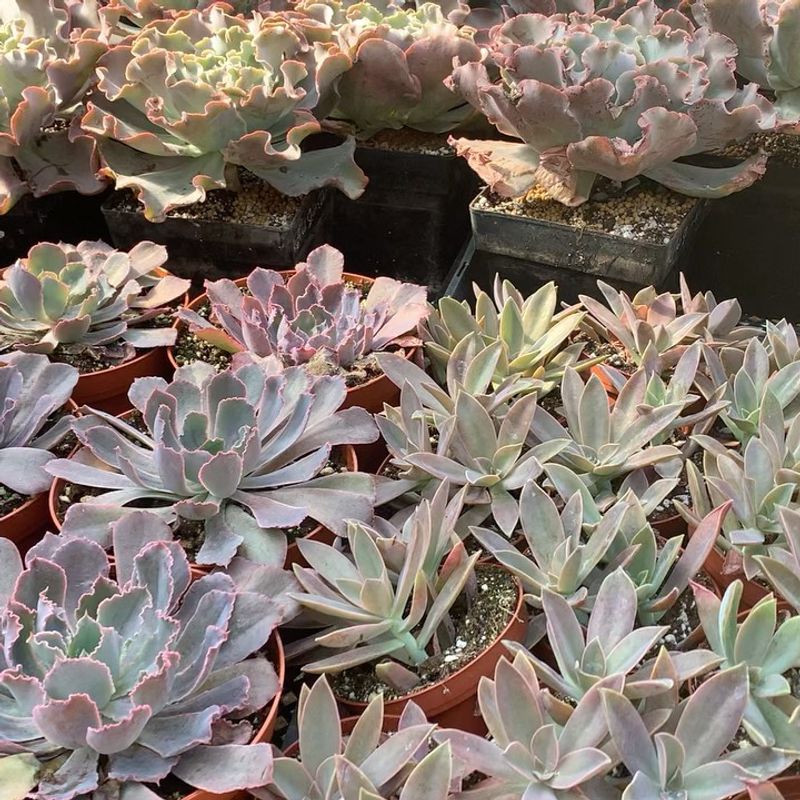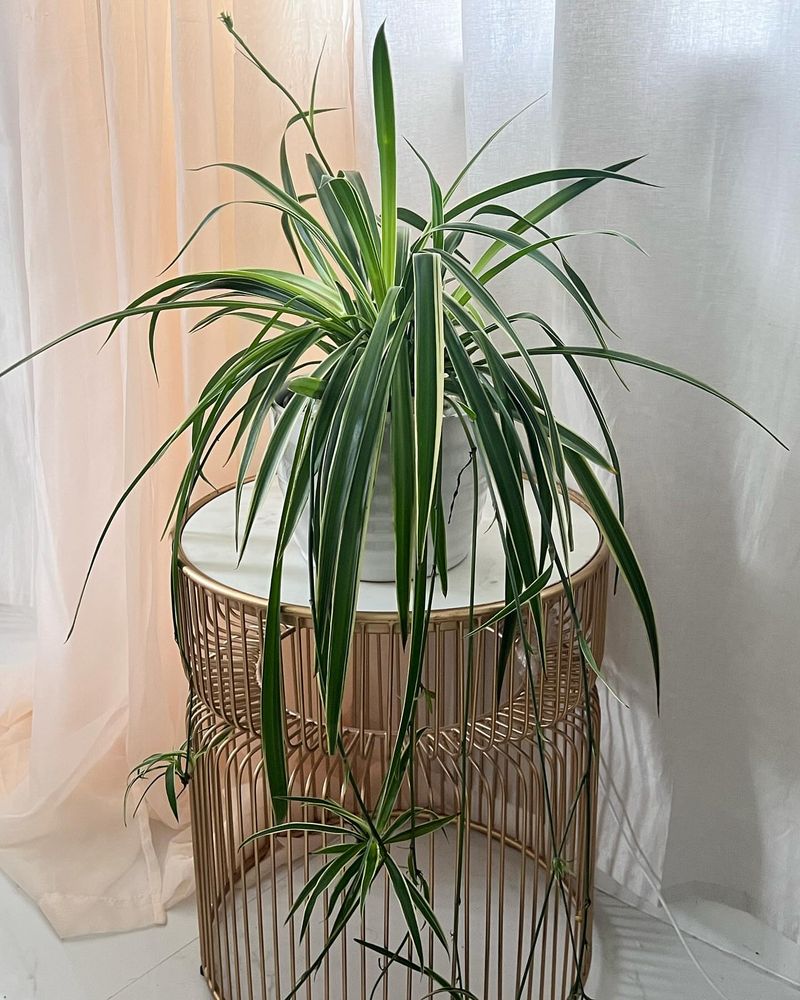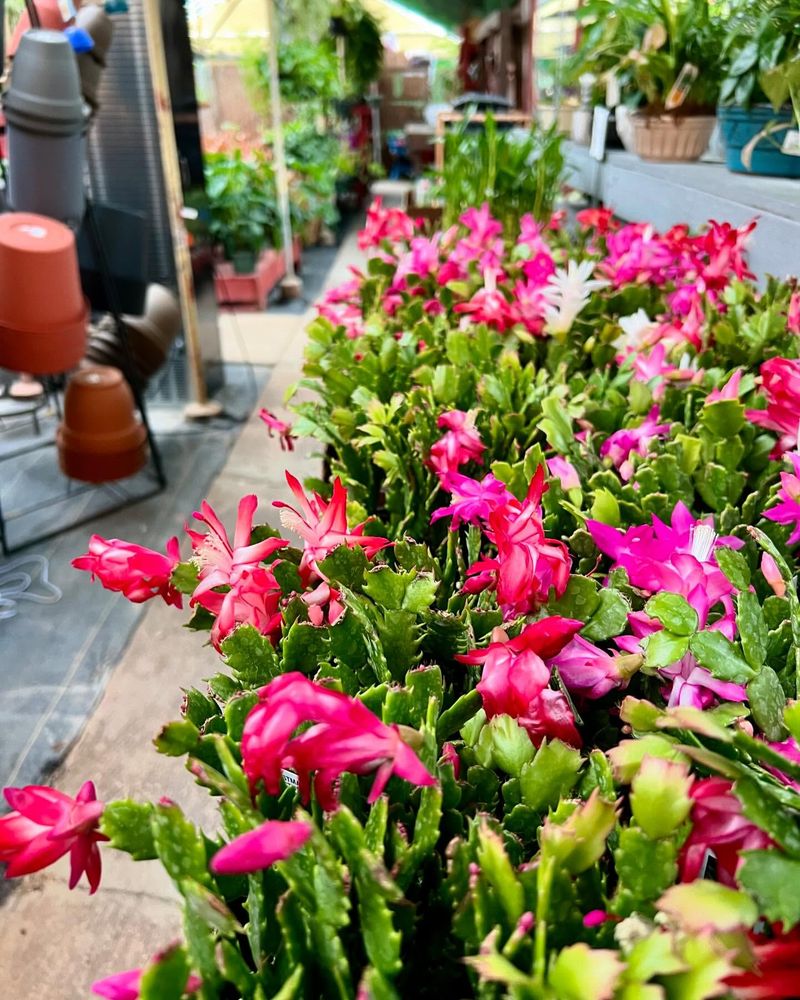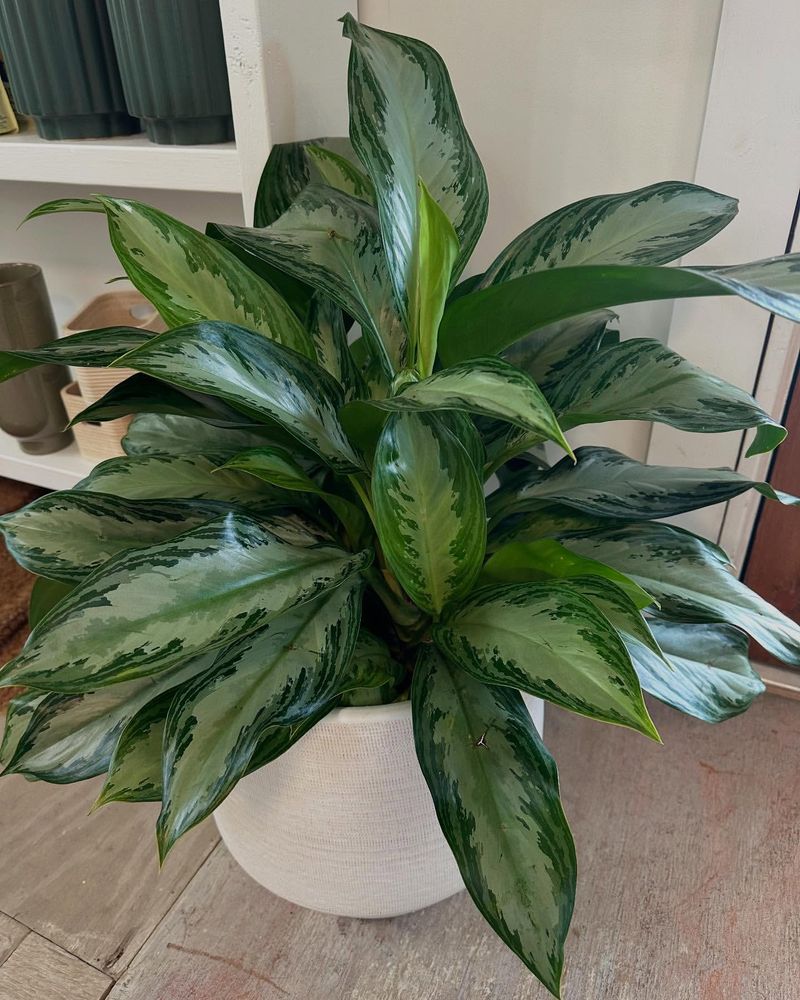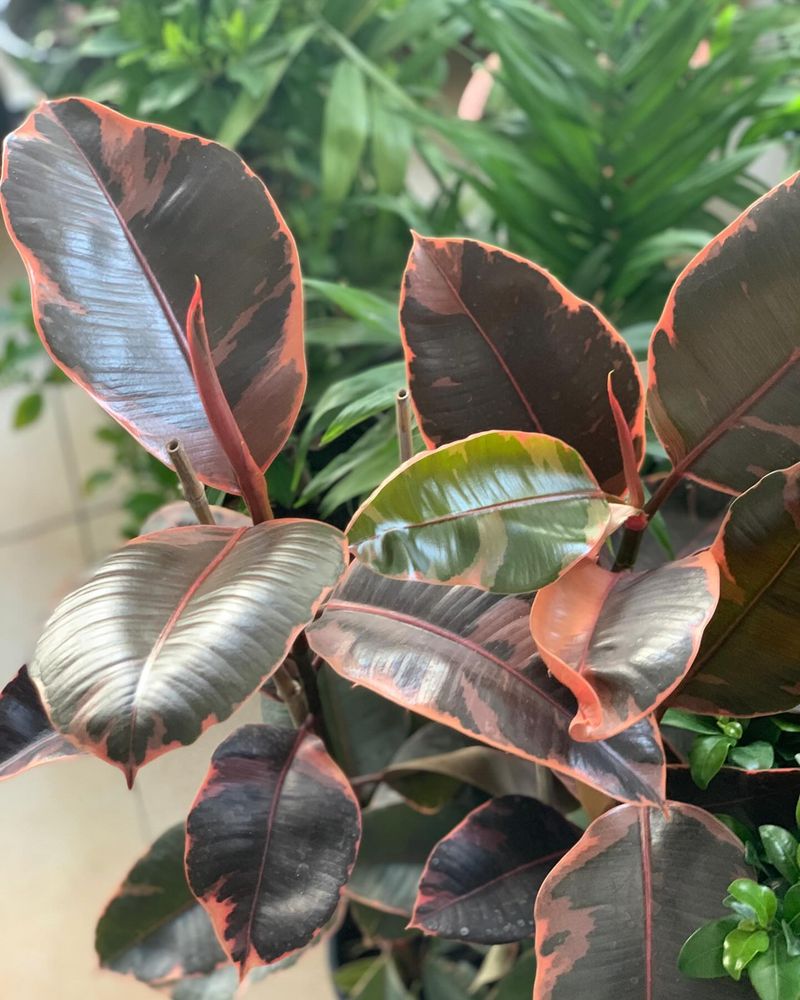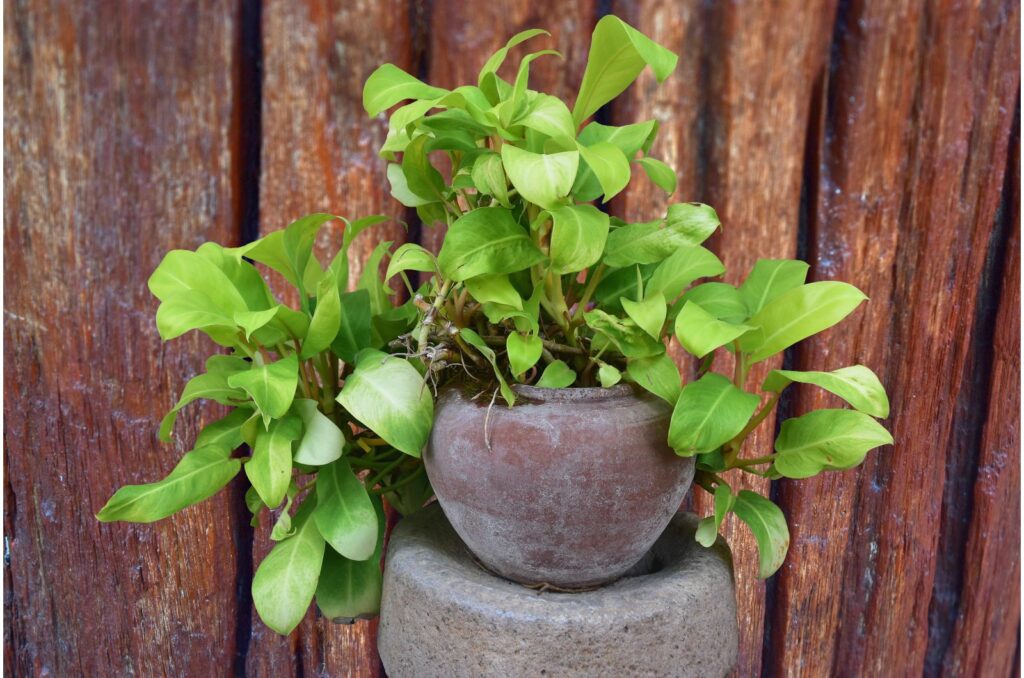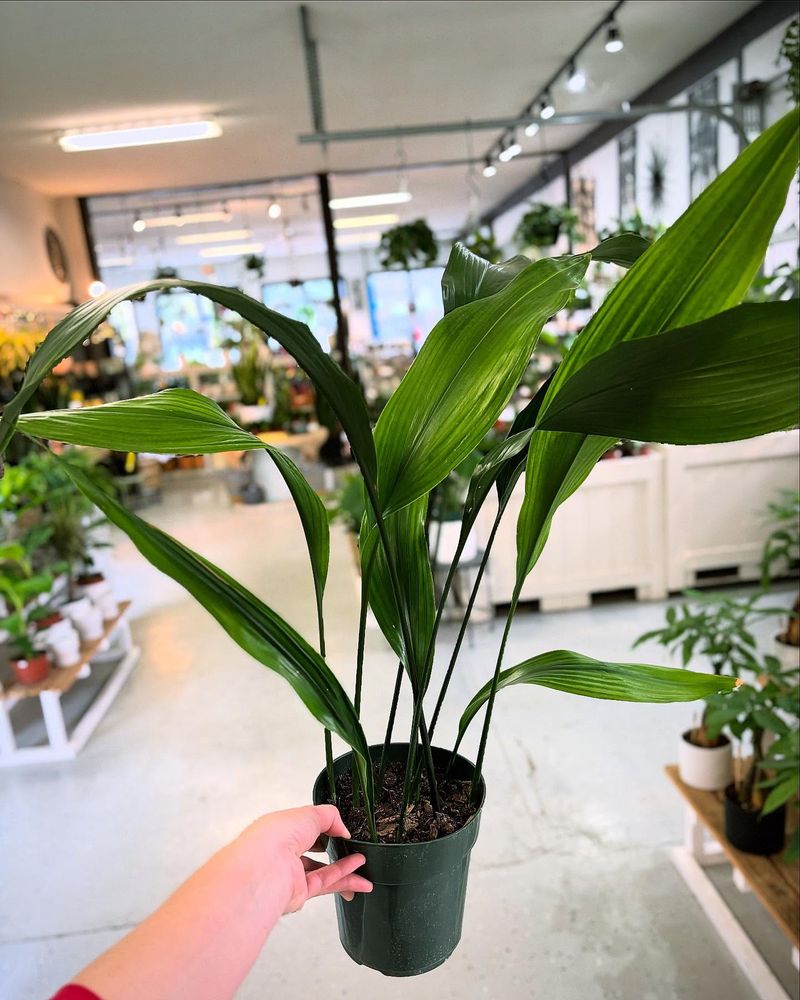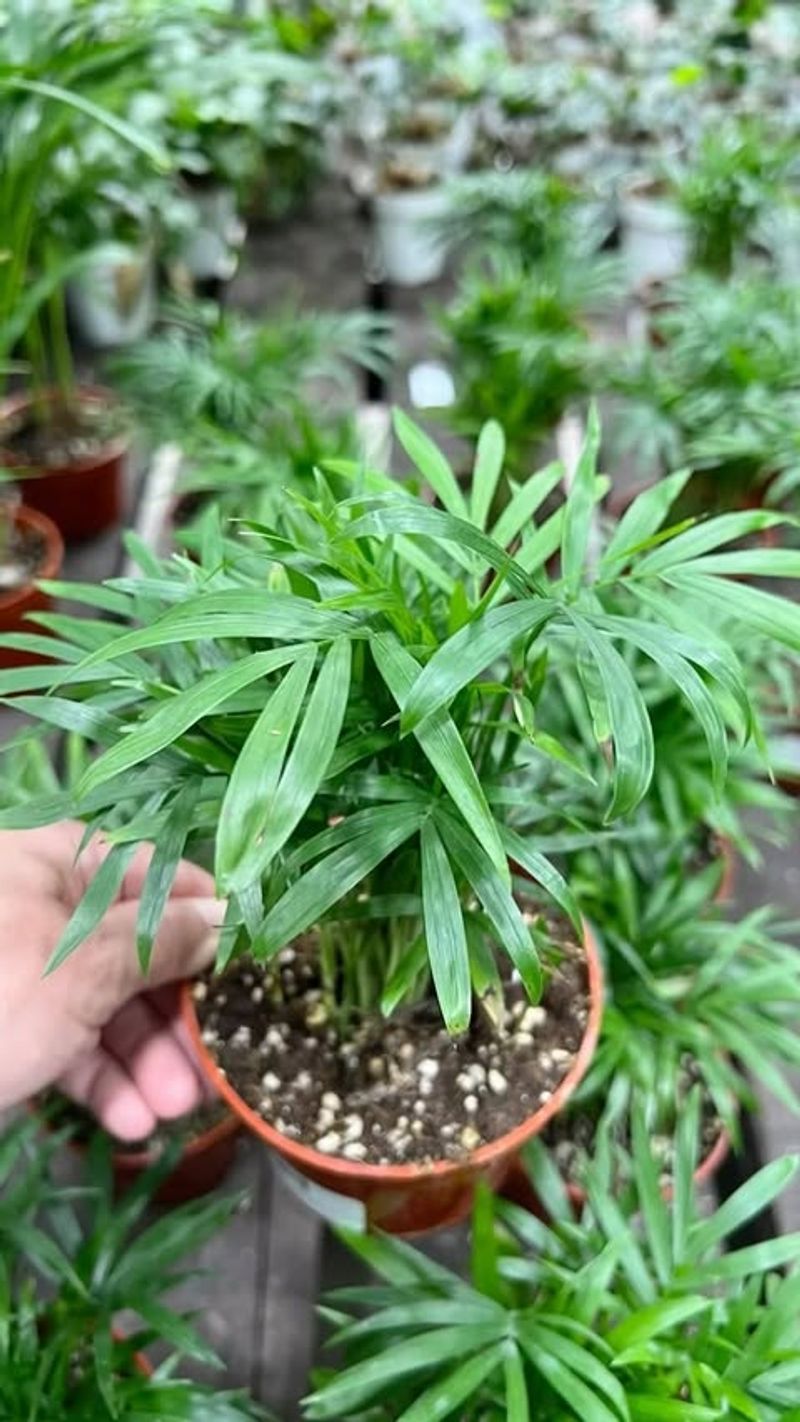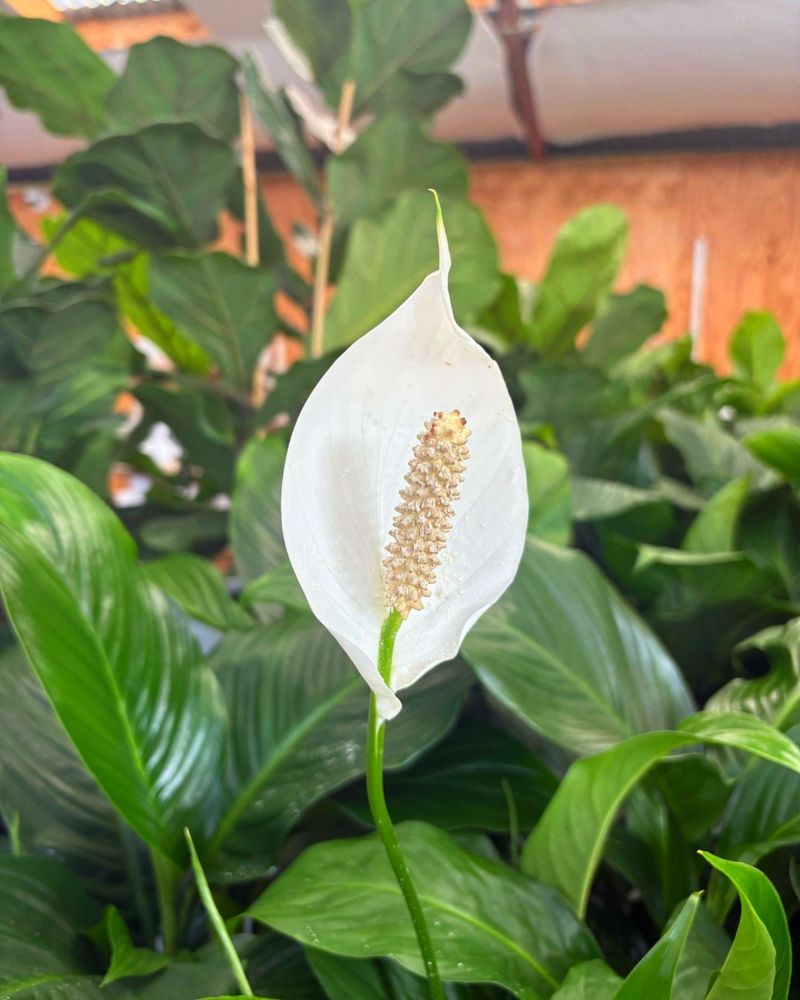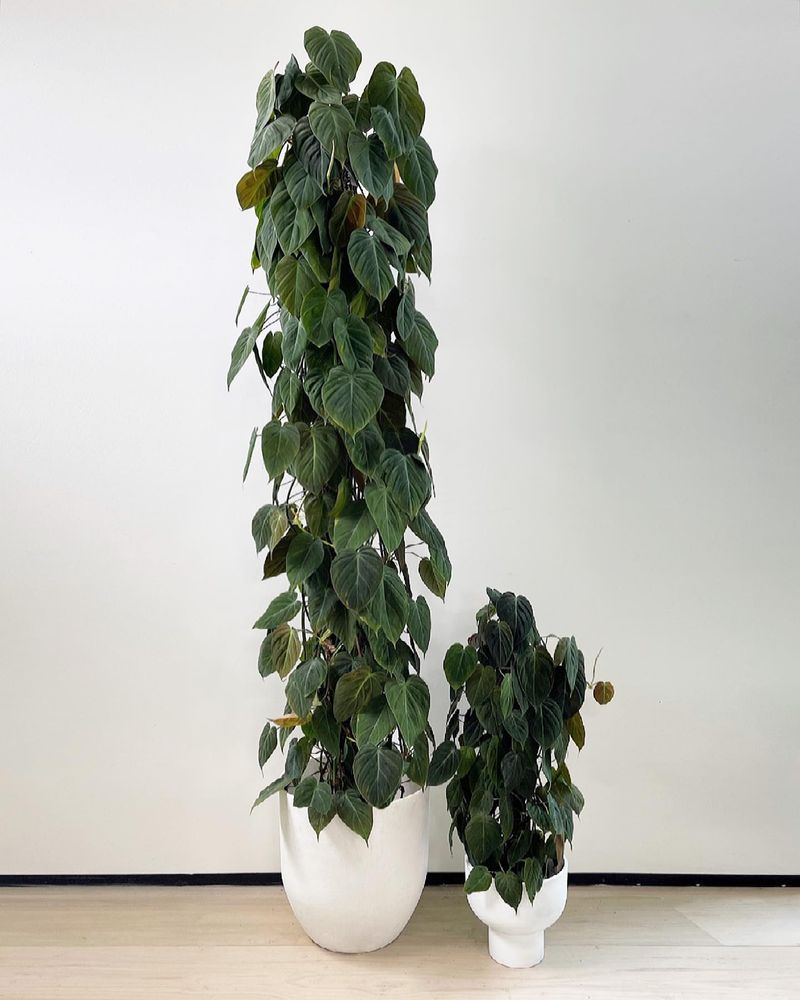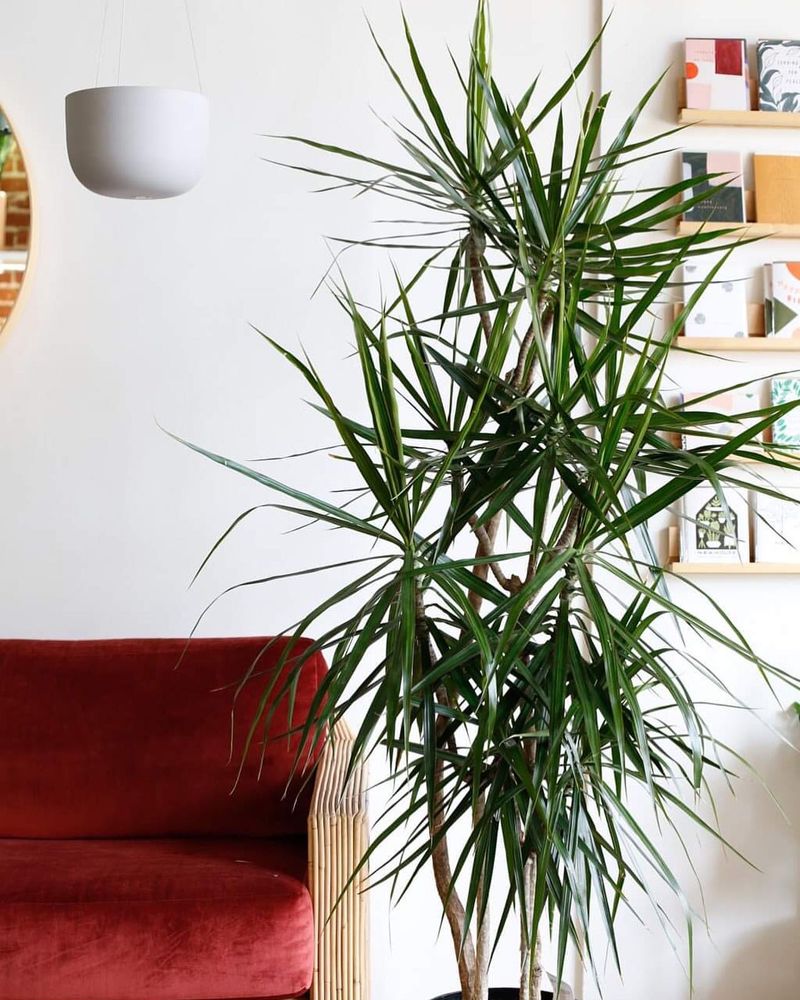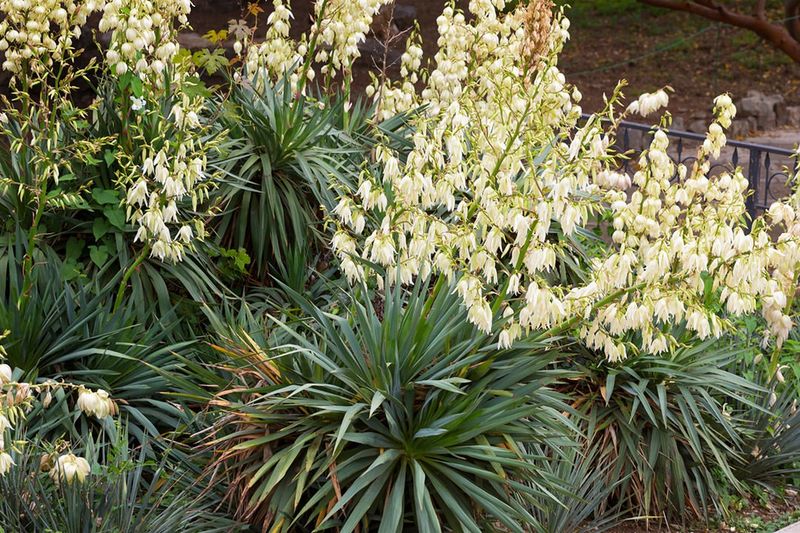Winter in Illinois brings more than just snow and cold – it creates super dry air inside our homes that many plants hate. Finding the right houseplants that actually enjoy these desert-like conditions can brighten up your space without constant maintenance.
These tough indoor plants won’t just survive the dry Illinois winter months – they’ll thrive and keep your home looking fresh when everything outside is frozen.
1. Snake Plant (Sansevieria)
Snake plants practically thrive on neglect! Their sword-like leaves stand tall in any room, adding a modern touch to your winter decor.
Native to West Africa’s dry regions, these hardy plants store water in their thick leaves, making them perfect for Illinois homes with furnace-dried air. They even filter toxins from your air while you sleep.
Water only when soil feels completely dry – about once a month during winter.
2. Aloe Vera
Got a sunny windowsill? Aloe vera will be your new best friend during dry Illinois winters. This succulent doesn’t just look pretty – it’s practical too!
The gel inside those plump leaves soothes winter skin irritations and minor burns. Aloe plants signal their needs clearly: wrinkly leaves mean it’s thirsty, while soft mushy parts indicate overwatering.
Keep the soil mostly dry and enjoy this low-maintenance beauty all winter long.
3. ZZ Plant
Nicknamed the “eternity plant,” ZZ plants laugh at Illinois’ dry winter conditions. Their glossy, dark green leaves add a touch of tropical elegance to any room.
Underground rhizomes store water for weeks, meaning you can literally forget about this plant during the busiest holiday months. Even in low light conditions, ZZ plants maintain their perky appearance.
Perfect for beginners or forgetful plant parents who still want impressive greenery during the winter months.
4. Jade Plant
Resembling miniature trees with their thick trunks and oval leaves, jade plants bring good fortune according to feng shui principles – something we all need during long Illinois winters!
Their fleshy leaves store moisture for weeks, making them champions in dry indoor environments. Over time, jade plants develop a beautiful bonsai-like appearance, becoming family heirlooms.
Place in a south-facing window during winter months for the sunlight they crave, and water sparingly when the soil dries completely.
5. Ponytail Palm
Despite its name, the ponytail palm isn’t actually a palm at all! This quirky plant features a bulbous trunk topped with cascading, ribbon-like leaves that resemble a ponytail.
Originally from semi-desert regions of Mexico, it stores water in its swollen base, making it perfectly adapted to survive Illinois’ dry winter air. The trunk acts like a natural humidifier, slowly releasing moisture.
Give it bright light and minimal water for best results during winter months.
6. Air Plants (Tillandsia)
No soil needed! Air plants absorb moisture through their leaves, making them perfect conversation pieces during dry Illinois winters. Hang them in glass globes or place on decorative stands.
While they love dry air, they do need occasional misting – about once a week in winter. Their unique shapes and silvery-green color add interest to any room.
Display them away from heating vents, and they’ll reward you with occasional colorful blooms even in the depths of winter.
7. Succulents (Echeveria, Haworthia, Sedum)
Succulents create living art with their geometric rosette shapes and stunning color variations. These water-storing champions actually prefer the drier conditions that Illinois winters bring!
Group different varieties together for a desert garden that brightens up dark winter days. Their compact size makes them perfect for small spaces like desks or kitchen windowsills.
Most succulents need bright light but cool temperatures in winter – exactly what many Illinois homes provide naturally.
8. Spider Plant
Spider plants earned their name from the spiderettes that dangle from the mother plant on long stems. These tough performers actually prefer to dry out between waterings, making them ideal for Illinois winters.
Beyond their attractive arching leaves, spider plants excel at cleaning indoor air pollutants. They’re completely non-toxic to pets and children, unlike many houseplants.
Hang them in a basket near east or west-facing windows for the best growth during shorter winter days.
9. Christmas Cactus
Right when Illinois winter seems bleakest, Christmas cactus bursts into colorful bloom! Unlike desert cacti, this Brazilian native grows in tree branches in the wild but still handles dry indoor air beautifully.
The flat, segmented stems cascade elegantly from pots or hanging baskets. Keep them slightly rootbound to encourage more spectacular flowering during the holiday season.
They prefer bright, indirect light and only occasional watering when the soil feels dry to the touch.
10. Chinese Evergreen (Aglaonema)
Chinese evergreens bring tropical vibes to Illinois homes with their patterned leaves in silver, green, and sometimes pink hues. These beauties actually prefer the stable indoor temperatures of winter!
Among the most forgiving houseplants, they tolerate low light and forget-to-water plant parents. Their air-purifying abilities help combat winter stuffiness in closed-up homes.
Keep them away from cold drafts and heating vents for the best leaf display throughout the winter months.
11. Rubber Plant (Ficus elastica)
Rubber plants command attention with their large, glossy leaves that seem to shine even in winter’s dim light. The burgundy varieties add rich color when everything outside looks gray and white.
Originally from tropical Asia, they’ve adapted surprisingly well to indoor environments. Their thick, waxy leaves retain moisture, helping them withstand Illinois’ dry heated air.
Water only when the top inch of soil feels dry, and wipe leaves occasionally to keep them dust-free and photosynthesizing efficiently.
12. Pothos (Epipremnum aureum)
Pothos vines bring life to dreary winter corners with their heart-shaped leaves that trail beautifully from shelves or hanging baskets. Available in golden, marble, or neon varieties, they brighten any space.
Famous for their air-purifying abilities, pothos plants thrive in the consistent temperatures of Illinois homes during winter. They’ll grow in almost any light condition except complete darkness.
Let the soil dry completely between waterings for best results during the dormant winter months.
13. Cast Iron Plant (Aspidistra elatior)
Living up to its tough-as-nails name, the cast iron plant handles Illinois winter conditions with remarkable resilience. Its dark green, strap-like leaves grow slowly but steadily even in poor conditions.
Victorian-era homes favored this plant because it survived coal dust and irregular care – today’s heated homes are luxury accommodations by comparison! It tolerates deep shade that would kill most other houseplants.
Water sparingly in winter and enjoy this virtually indestructible plant for decades.
14. Parlor Palm (Chamaedorea elegans)
Bring a touch of Victorian elegance to your Illinois home with the parlor palm’s feathery fronds. Unlike other palms, this compact variety thrives in low light and dry indoor conditions.
Growing just 2-4 feet tall indoors, it fits perfectly on side tables or as floor plants in smaller spaces. Its fine texture contrasts beautifully with broader-leaved houseplants in winter displays.
Allow the soil to dry halfway down before watering during winter months to prevent root rot.
15. Peace Lily (Spathiphyllum)
Peace lilies bring elegant white blooms to Illinois homes even during the darkest winter months. Their glossy green leaves and striking flowers create a tropical oasis when everything outside is frozen.
Unlike many flowering plants, peace lilies actually prefer the stable temperatures found in winter homes. They dramatically droop when thirsty but bounce back quickly after watering.
Keep away from cold drafts and enjoy their air-purifying benefits throughout the heating season.
16. Philodendron
Philodendrons have graced indoor spaces for generations, and for good reason – they’re nearly impossible to kill! Their heart-shaped leaves come in climbing or upright varieties to suit any space.
Originally from tropical rainforests, they’ve adapted remarkably well to indoor environments. The climbing varieties look stunning trailing from bookcases during winter months when outdoor greenery is scarce.
Allow soil to dry between waterings and provide moderate light for best growth during Illinois winters.
17. Dragon Tree (Dracaena marginata)
Dragon trees add architectural drama to Illinois homes with their slender trunks topped by spiky leaf clusters. The narrow, sword-shaped leaves often feature red edges that add color during dreary winter months.
Native to Madagascar, these plants evolved to withstand drought conditions, making them perfectly suited for dry indoor winter air. They grow slowly, requiring minimal maintenance during the dormant season.
Place in bright, indirect light and water only when the top inch of soil feels dry to the touch.
18. Yucca
Yucca plants bring desert vibes to Illinois winters with their striking sword-shaped leaves and thick, woody trunks. These southwestern natives actually prefer the dry air that furnaces create in winter homes!
Their architectural form makes a bold statement in any room. Some varieties develop interesting curly threads along leaf margins, adding textural interest to winter decor.
Place in your brightest window and water sparingly – about once a month during winter is plenty.
19. Crown of Thorns (Euphorbia milii)
Crown of thorns plants produce cheerful pink, red, or yellow blooms throughout Illinois’ winter months when most other plants are dormant. Their woody stems and small, oval leaves have adapted to store water.
Legend says this plant was worn by Jesus during the crucifixion, giving it both historical and spiritual significance. Modern varieties have been bred for spectacular flowering even in less-than-ideal conditions.
Place in your sunniest window and water only when completely dry for continuous winter blooms.

